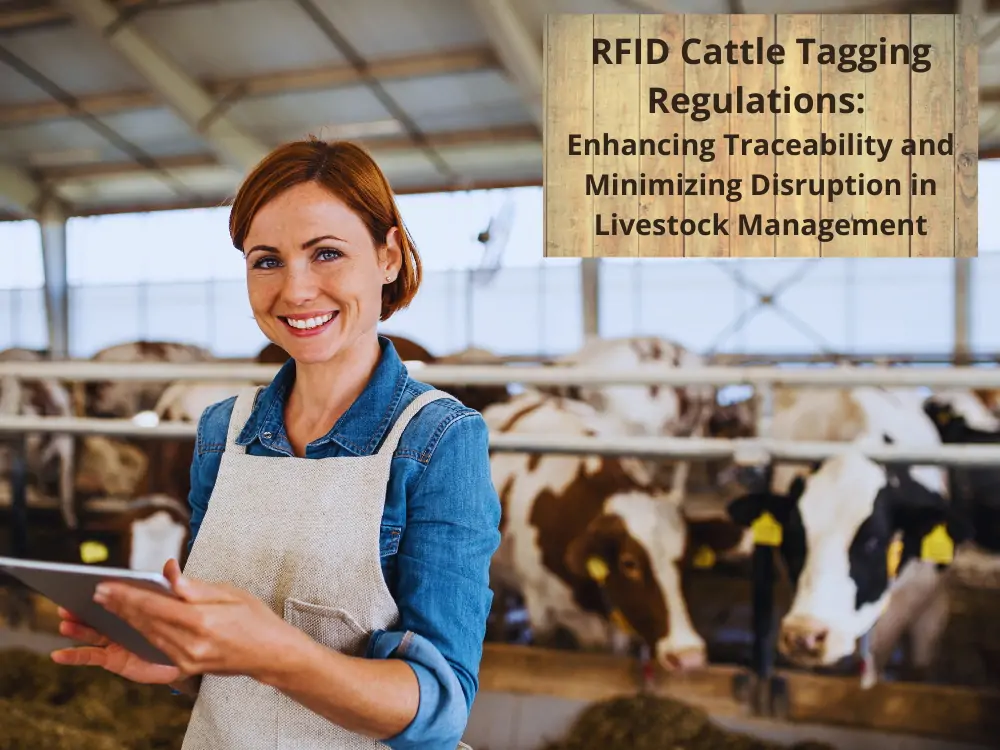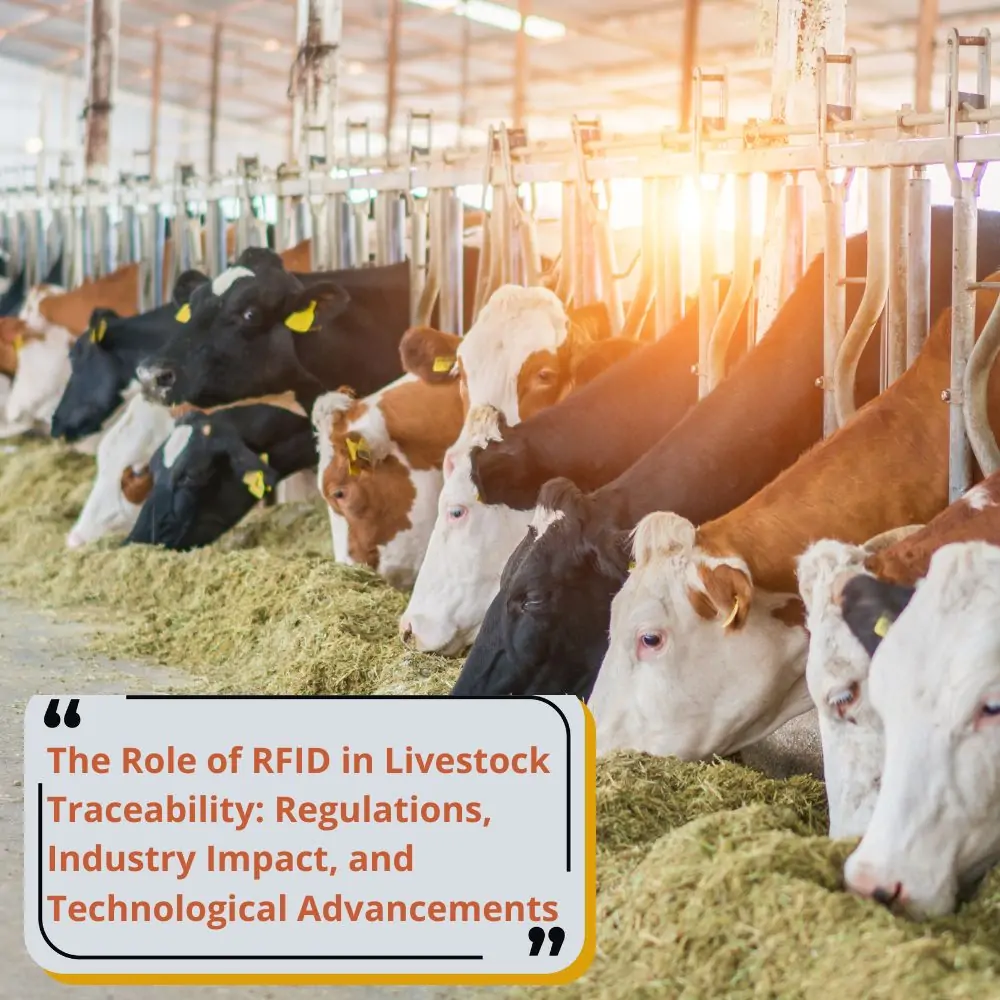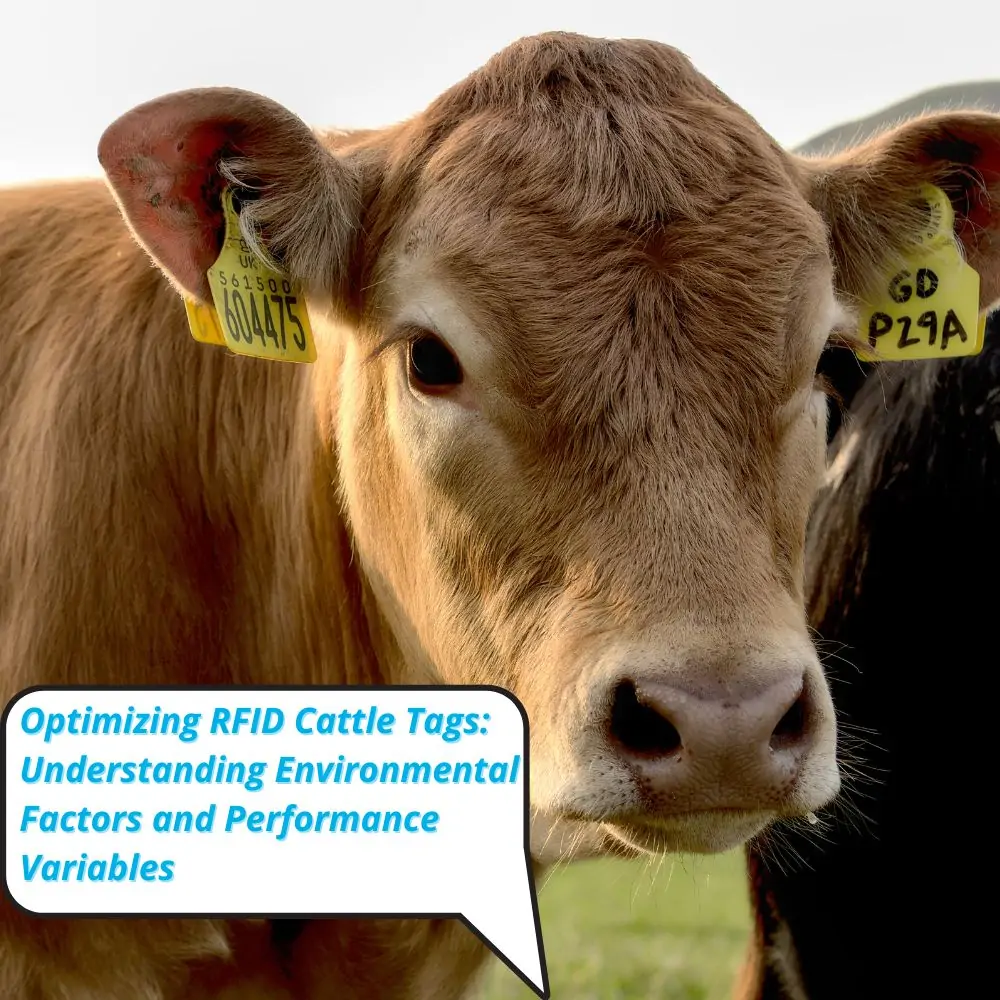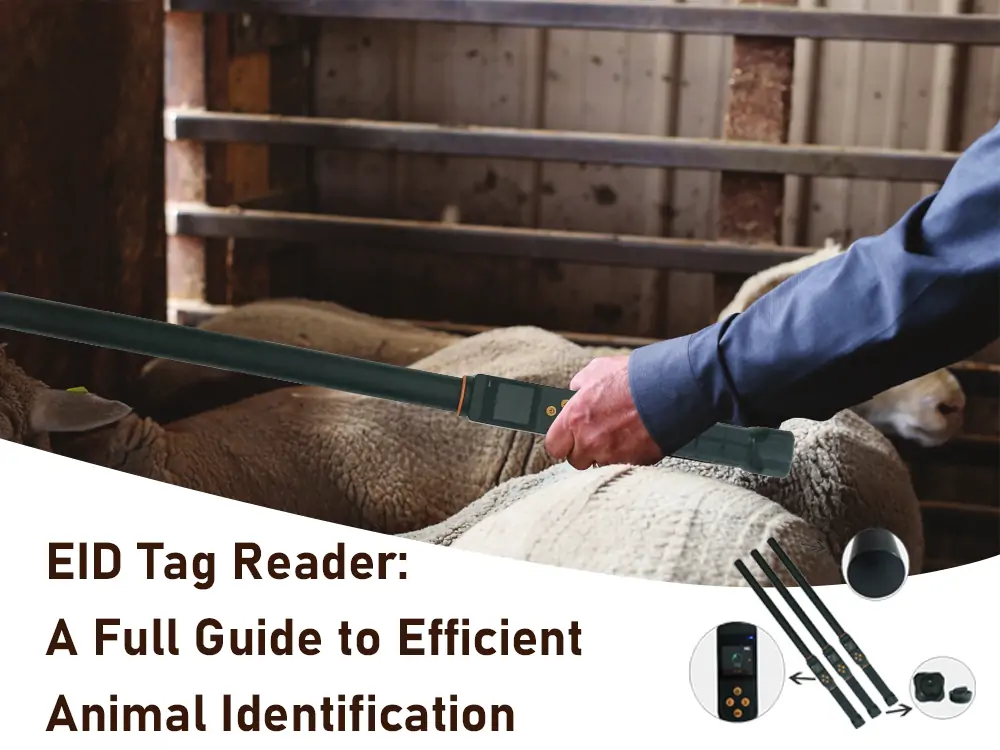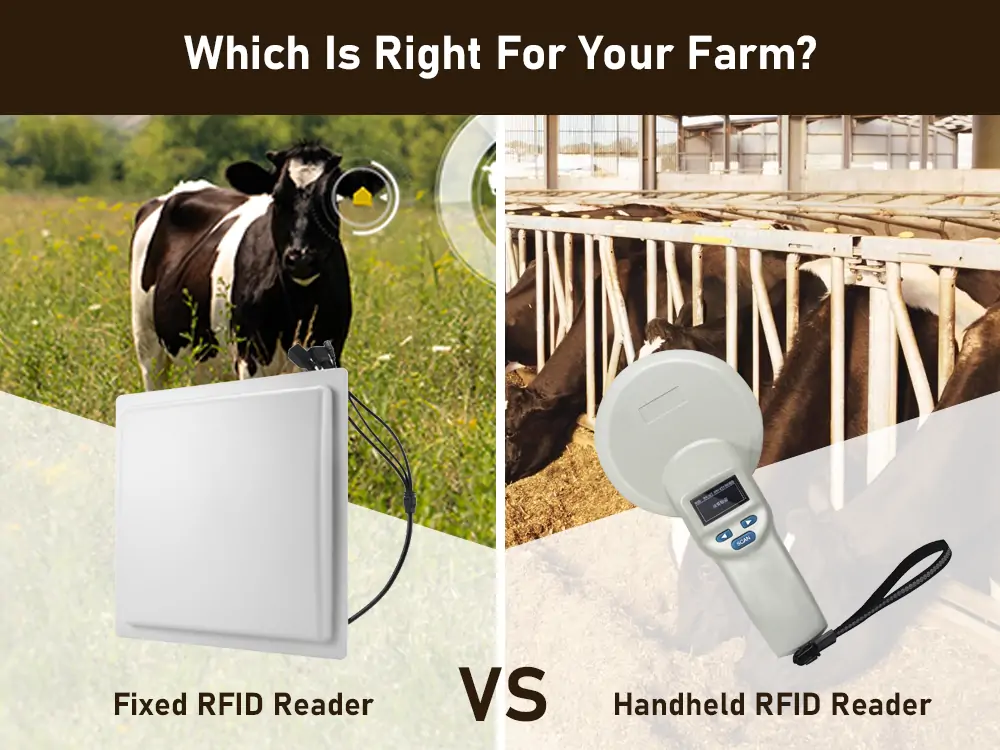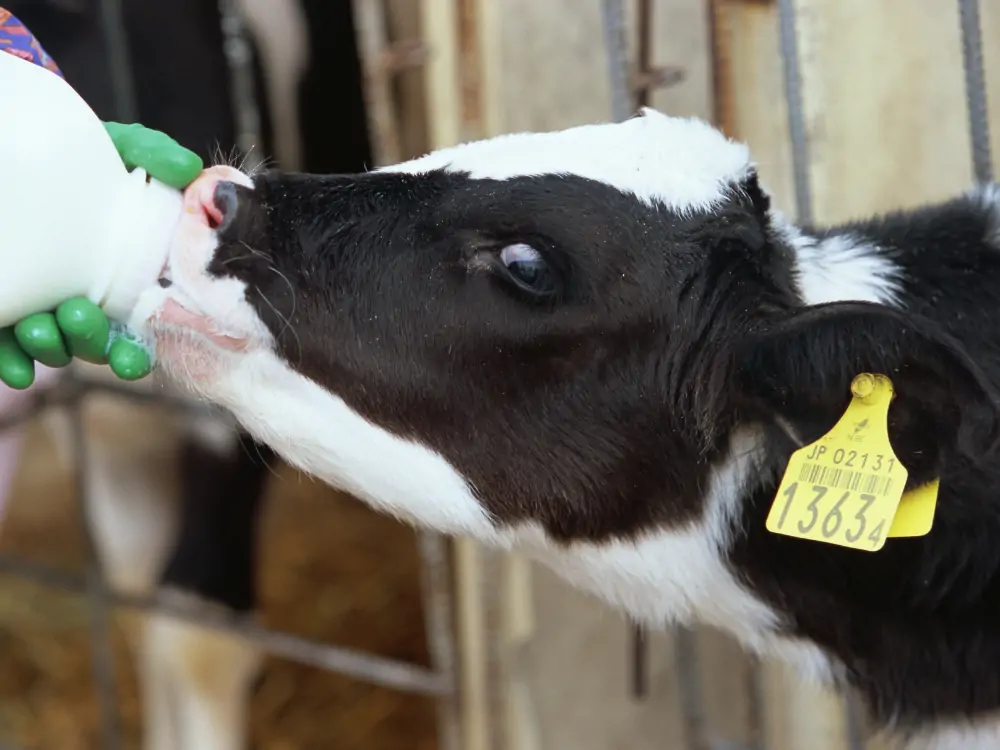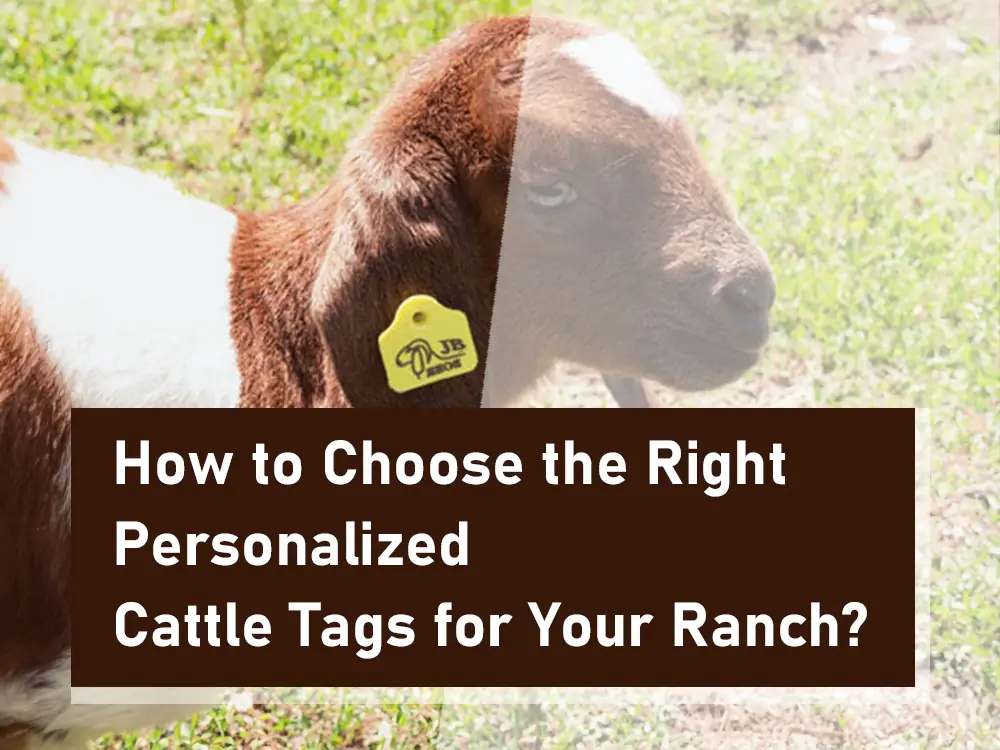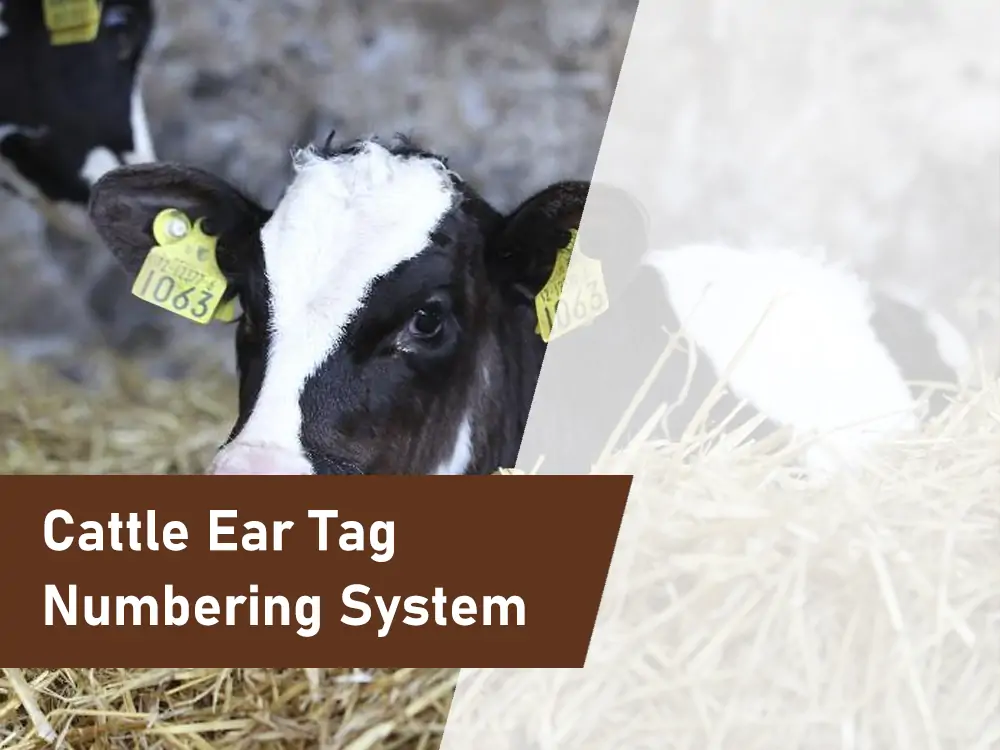Summary The U.S. Department of Agriculture’s APHIS has introduced a new rule requiring electronic identification (EID) tags for certain cattle and bison. These RFID tags improve traceability from birth to slaughter and help reduce livestock disease outbreaks. The rule will take effect 180 days after its publication in the Federal Register, advancing livestock management modernization….
Summary The United States Department of Agriculture (USDA) recently introduced new regulations requiring electronic identification (EID) tags for cattle and bison. As part of a broader effort to improve livestock traceability and prevent disease outbreaks, this mandate has sparked debates among industry stakeholders. Senator Mike Rounds (R-SD) introduced legislation to oppose the RFID tagging rule,…
Summary Recent research at Kansas State University (KSU), in collaboration with major meat processors, focuses on how environmental conditions influence RFID technology in cattle tracking. These efforts aim to provide insights into how such factors affect RFID tag accuracy, helping meat producers enhance their cattle identification systems. This article explores the environmental variables, the technology involved,…
Cattle identification is crucial for effective livestock management and traceability. Electronic Identification (EID) tags have revolutionized how farmers track and manage their herds. These tags use RFID technology, allowing farmers to gather data about their cattle quickly. Understanding the benefits and types of EID tags can help you choose the best option for your farm….
One of the most important practices in animal management is keeping track of your animals. This is crucial for regular health monitoring, breeding programs, and overall herd management. EID tag readers are game changers in animal identification. They are portable devices that make herd management a walk in the park. Most importantly, they help farmers…
Radio Frequency Identification (RFID) technology revolutionizes farm management. Farmers can track livestock, commodities, and equipment in real time. The right RFID system makes informed decisions easier. Choosing the correct RFID reader is crucial for effective farm management. Two primary alternatives are fixed RFID readers and handheld RFID readers. Depending on your farm’s needs, each has…
The numbers on the tags in cattle’s ears serve as a critical tool for livestock management, offering a unique identifier for each animal. This practice, rooted in centuries-old animal identification methods, has evolved significantly with technological advancements. Ear tags facilitate accurate record-keeping, health monitoring, and regulatory compliance, enhancing overall herd management and disease control efforts….
Cattle tags make life easier for herd owners and managers. They provide relevant information and help with identification. However, those tags have limited design and shape. Due to this limitation, their looks are also dull and unappealing. So, many herd owners ask: How do you choose personalized cattle tags for a ranch? This question is…
Imagine you have a large herd consisting of many cows and calves. The color of many cattle is the same. How would you identify any specific cattle? This identification of animals can become a headache. So, this is where the cattle ear tag numbering system comes into play. With this numbering system, you’ll be able…
Animal tag readers, also known as pet microchips, use RFID technology for identification. RFID stands for Radio Frequency Identification (RFID). The technology helps in communicating critical information. Many businesses worldwide use RFID to track their assets, especially animal husbandry. But the question is this: how do you choose the best RFID animal tag reader? What…

